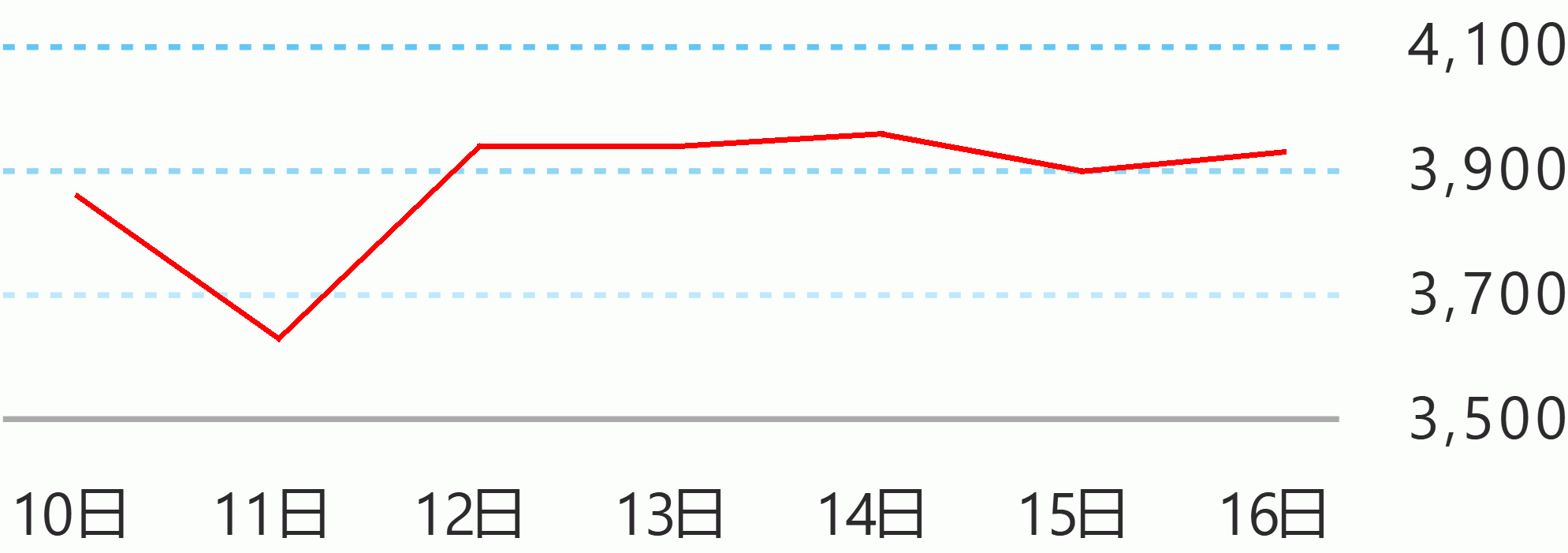An infectious disease expert stressed the importance of closely monitoring COVID-19 cases in the country, especially after the first case of the more transmissible COVID-19 Omicron subvariant BA.4 was detected over the weekend.
"Monitoring is very important now since we now have two of these lineages that are considered to be highly transmissible and can also evade vaccine protection," Rontgene Solante said during the "Laging Handa" public briefing on Monday.
Six days ago, the Department of Health detected the local transmission of theOmicron subvariant BA.2.12.1, which is also highly transmissible.
"It (BA.4) can also evade immunity from the vaccines that we have received, especially for those who have been given the vaccine, four to six months ago and without boosters, including that of those who were previously infected with the Omicron variant of concern," he said.
"This is not an assurance that you will still be protected with this BA.4. So, we need to closely monitor if in the next few days or a few weeks if there will be an increase in cases," he added.
Solante said there are predictions in other countries that the COVID-19 Omicron subvariant BA.4 and another sub variant called BA.5 will be the next dominant variant of concern.
"This (BA.4) is more transmissible compared to the BA2. And in fact, in just a few weeks, cases have surged in these two countries (South Africa and Portugal). And more or less, although BA.2 is still the dominant variant of concern... They are predicting that BA.4 will be and BA.4 and BA.5 will be the next dominant variant of concern," he said.
"If we look at Omicron as the parent virus. BA2, so let’s take it first. BA 2 is 20 to 30 percent transmissible over the parent Omicron variant of concern. Now, you have BA.4, which among the data coming from South Africa and Portugal says that it has a growth advantage of at least 13 to 14 percent," he added.
Solante noted that the detection of BA.4 should not cause panic as it can still be prevented by practicing minimum health protocols and getting vaccinated, including booster shots.
"The presence of these lineages or sub variants is not for us to panic. It’s for us to always be ready with our protocol, with our way of preventing it from being transmitted easily," he said.
"The more we have to reinforce our health protocol by wearing the face mask, especially in poorly ventilated areas. Being able to get the booster vaccine for the general public and increase the uptake of the second booster for the healthcare workers or the immunocompromised and for the 60 years old and above," said Solante.
"It’s not to panic. We need to strengthen our measures on how we cannot transmit this and how we cannot expect a surge and spike of cases. Based on the limited data, this variant has not been observed to cause more severe infection. So that’s good news because you may just have a mild infection and you can still just isolate yourself and you don’t need to be brought to the hospital," he added.
OCTA Research Fellow Guido David also expressed belief that the slight increase of COVID-19 cases in Metro Manila may be caused by the detected presence of the Omicron sub variants and not because of the election activities.
"Most likely it is the effect of the new subvariant rather than the election. Because since February we already have campaign rallies and sorties but we did not see any increase in the cases," he said.
"And the election is already more than two weeks ago, so this uptick of cases that we see we think was caused by the subvariant which is more transmissible than the previous variants," he added. Robina Asido/DMS




 English
English











